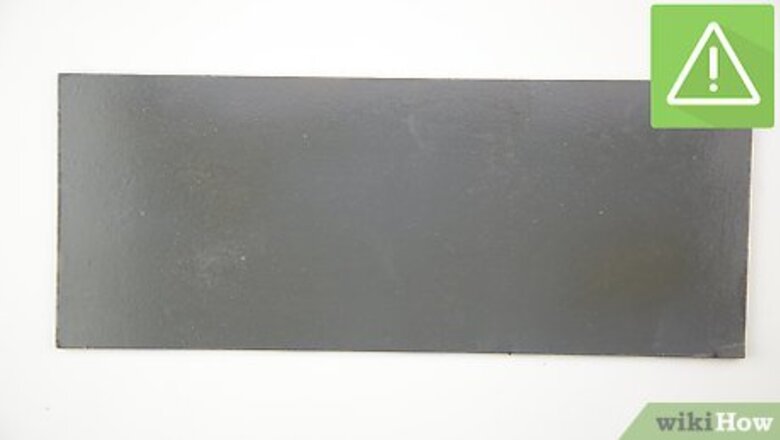
views
Prepping the Area and the Surface
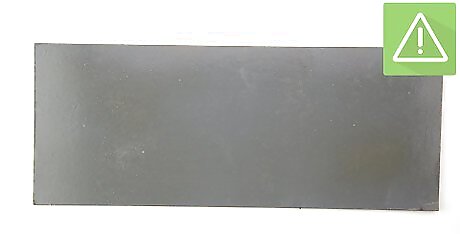
Create good ventilation. Whether you're sanding or using a chemical solvent, it's a good idea to have ventilation. Open windows and use fans to create cross-ventilation if you're inside. If you can, take the piece outside or in a well-ventilated area to work on it. To create cross-ventilation, place one fan so it's blowing into the area, and one so it's blowing out a window.

Protect the area from varnish and dust. If you must work in an area with other furniture, protect it with drop cloths. Also, spread a drop cloth on the floor to protect it if you're not removing varnish from the floor. If you're stripping floors, remove all furniture so you have room to work.

Use safety goggles, a mask, and gloves to protect yourself. Wear safety goggles. If you're using a solvent, put on rubber gloves, long clothing, and a respirator mask. If you're just sanding, a dust mask and gloves should do.
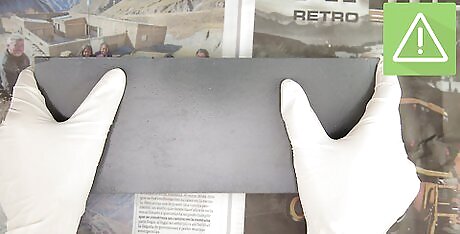
Remove any hardware. If you're removing varnish from a piece of furniture, take off any hardware you can. Unscrew knobs, and remove hinges from cabinet doors. Put them in a safe place so you can find them later. If you are removing a lot of hardware, put it in separate plastic baggies and label the bags with a permanent market to make it easier to put back together later.
Sanding off the Varnish
Start by using 150-grit sandpaper. To make it easier on yourself, use an orbital sander if you're doing a flat surface. If you're not doing a flat surface, use a sanding block or sandpaper in your hand. Always go with the grain of the wood, not against it, and make sure to get into the nooks and crannies. Move on when you've removed most of the varnish and you need to smooth out the surface. Sanding is the most effective way to remove varnish. If that doesn't work, you may need to move on to a solvent like paint remover.
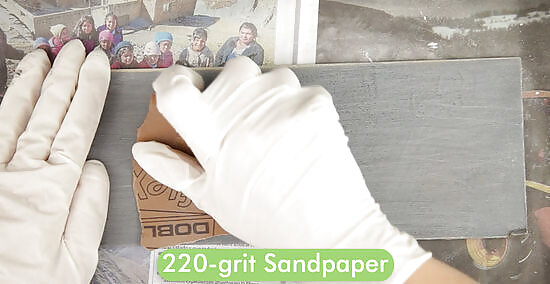
Move up to 220-grit sandpaper. After you've gone over the piece with 150-grit paper, choose 220-grit next. Go over the whole piece or floor with this sandpaper next, using the orbital sander or sanding block. Stop when you've removed all the varnish. Nooks and crannies will be more difficult, so pay them special attention. You'll likely need to get into those areas with the sanding block or just sandpaper in your hand.
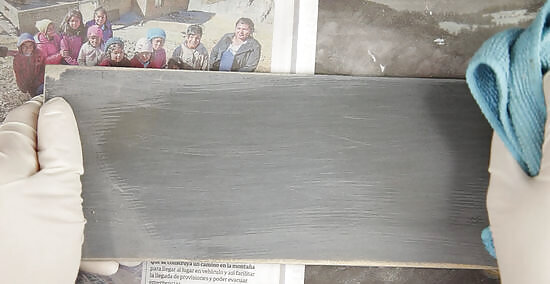
Wipe off any dust. When you're done, use a damp tack cloth to go over the area. You don't want to leave dust on the piece, as it will stick in the stain or paint. Let the area dry before moving on.
Removing Varnish Using Solvents

Pick water-based solvent or a traditional paint-stripping solvent. If you're sensitive to fumes, try something water-based, such as Safest Stripper or Citristrip. These don't work as fast as harsher solvents, but they are a bit gentler. Otherwise, a traditional brushable solvent will do the trick. Typically, these solvents are labelled "paint strippers."

Sand down the area with coarse sandpaper. Even though you're using a solvent to take off the varnish, it helps to sand it down a bit first. Sanding it will let the solvent penetrate better. Spend at least 10 minutes going over the whole piece if you're doing a piece of furniture, going along the grain. If you're doing the floor, just make sure to give the whole area a good, quick scrubbing all over. Try a grit somewhere in the 40 to 70 range.

Apply the solvent. Liberally apply a solvent that will remove varnish to the whole area. Paint it on thick, as it needs to be thick to remove the varnish. Make sure you get it into all the small nooks, so it can work everywhere. Make sure you have plenty of ventilation for this step.
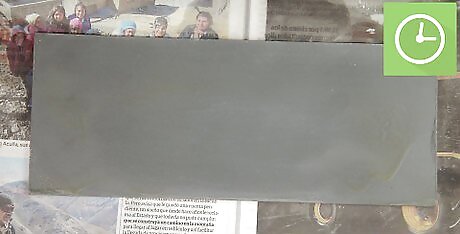
Leave the solvent on the area. You'll need to let the varnish soak in to work. How long you let it soak depends on the solvent. With some solvents, it can be as long as 2 hours. With others, it may be as little as 20 minutes. Read the back of your bottle to find out how long it should sit. If you need to leave it longer than an hour or 2, cover it with a tarp so the solvent stays wet.

Rub the area down with steel wool to remove the varnish. Using fine steel wool (#0000), scrub the area down. Make sure you move in the direction of grain instead of against it. The steel wool will remove any varnish on the furniture with the assistance of the solvent. If it's particularly thick varnish, you may need to use a metal scraper or brush instead.

Apply the package-recommended neutralizer. After using a solvent, you'll generally need to wipe it down with something to neutralize it. That could be water or mineral spirits. Others have brand-specific neutralizers. Read the package to find out what you need. Whatever you use, you can apply it with a paper towel, moving with the grain of the wood.
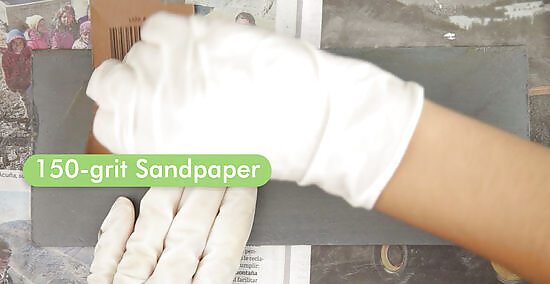
Clean up with fine sandpaper. When everything is mostly removed, use 150-grit sandpaper to take off any bits of varnish you see leftover. You can also smooth out any rough spots while you're at it. Wipe it down with a wet rag to remove any residue.


















Comments
0 comment